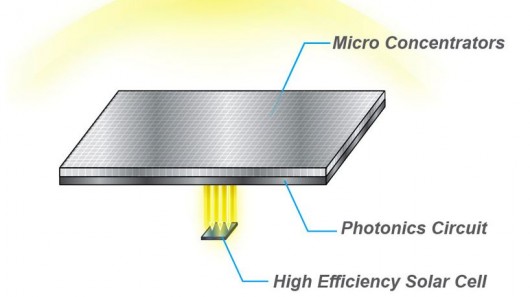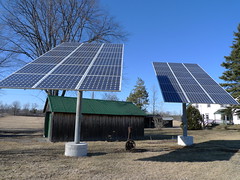How to Build a Stirling Engine - MonsterGuide.net

A stirling engine is one of the easiest engines that can be constructed, in a household. At the same time, the stirling engine that you construct can rotate at a maximum of 3000 rpm. But the fact is this engine can be made from scrap materials. All that you need to make a stirling engine is coke tins, red bull tins, high temperature glue, a silicon gasket, straight pins, coat hanger , pvc elbow, a balloon, a washer and a bolt.
Initially, you need to make a ring stand. For this you take a coke tin and make it hollow. Once it.s hollow, you will need to cut it into two halves. Take the bottom half and with the base ring, cut open the sides of the can and make it into a ring with three legs. The sides of the can have to be cut and bent to form a ring stand. After this, you need to make the pressure vessel. Take another coke can and scrap off its sides. Now cut the top portion off and make it into a vessel. This forms the bottom part of the pressure vessel. You need to make the top portion of the pressure vessel. For that, take a coke tin and cut about 2 inches from the bottom. Now take the bottom piece and make a hole in the center, with the pin. Now, glue the bolt and a small rectangular steel plate on the inner center of the top portion of the pressure vessel. This glue will prevent leakage. The displacer is made similar to the pressure vessel but it is made using the red bull tin. The displacer should be fitted inside the pressure vessel and you should ensure that no leakage takes place.
The coat hanger needs to be cut and from a piece of it a crankshaft should be made. Making a crankshaft should not be a problem. You need to provide support for the crank hence we cut two red bull tins and punch holes in them and keep them ready. Now fix the crank to the supporting material made and ensure that the crank rotates smoothly in them. Once the crank and support are ready, attach them on top of the pressure vessel. Now, cut a balloon in the shape of a disc and we can use it as a diaphragm. The diaphragm mainly connects the crank with the disk and it should be strong so that while rotating it should not get damaged. Now the engine is ready.
In order to run the engine, what you have to do is just heat the bottom portion of the pressure vessel and then after twenty to thirty seconds, gently push the flywheel and then the wheel will start to rotate. You need to constantly keep cooling the pressure vessel, as it may get overheated. In order to do that, you may place ice on top of the vessel but you should make sure that the water does not seep into the engine as it may spoil the entire process.


















 A solar power tower is a type of indirect solar power technology. Solar power is electricity produced from the radiation of the sun. The energy of the sun can be captured and converted intopower directly with Photovoltaic solar panels (PV) or indirectly by solar thermal conversion using Concentrated solar power (CSP) technology. [1] CSP technology uses thermal energy from the sun to heat a liquid, such as water or molten salt. This heat transferring liquid is used to vaporize water to the point of steam, which is then usedto generate electricity in a traditional turbine-generator. Power plants using CSP technology includeparabolic trough, parabolic dish and solar power tower systems.
A solar power tower is a type of indirect solar power technology. Solar power is electricity produced from the radiation of the sun. The energy of the sun can be captured and converted intopower directly with Photovoltaic solar panels (PV) or indirectly by solar thermal conversion using Concentrated solar power (CSP) technology. [1] CSP technology uses thermal energy from the sun to heat a liquid, such as water or molten salt. This heat transferring liquid is used to vaporize water to the point of steam, which is then usedto generate electricity in a traditional turbine-generator. Power plants using CSP technology includeparabolic trough, parabolic dish and solar power tower systems.